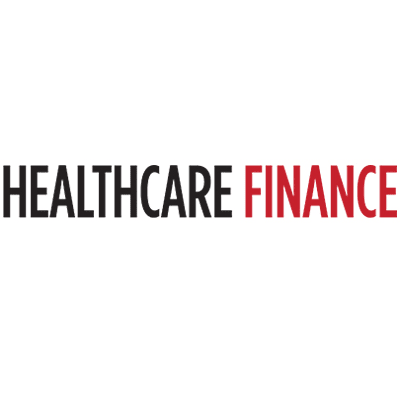Nursing Homes Receive Medicare Pay Raise for 2021
Published August 24, 2020
Follow our Medicare Coronavirus News page for related information on coronavirus (COVID-19) and its impact on Medicare beneficiaries.
Help is on the way for nursing homes.
Learn More About Medicare
Join our email series to receive your free Medicare guide and the latest information about Medicare and Medicare Advantage.
By clicking "Sign me up!” you are agreeing to receive emails from MedicareAdvantage.com.
The Centers for Medicare and Medicaid Services (CMS) announced July 31 that it will grant a 2.2 percent pay increase to nursing homes for fiscal year 2021, which begins Oct. 1.
That boost amounts to an additional $750 million and is in line with the 2.3 percent payment hike that was originally proposed by CMS on April 10, which would have totaled around $784 million.
Equipment and care cost increases hitting nursing homes
The pay raise comes as a result of hefty cost increases for equipment and extra staffing needed to combat the COVID-19 pandemic. The finalized payment rule will also update the ways that certain billing codes are reimbursed under the Patient-Driven Payment Model (PDPM), which is the new Medicare payment system that went into effect for fiscal year 2020.
Also in the rule is a 5 percent cap on wage index decreases, along with an updated definition of “urban” and “rural” facility classifications.
The new rule also makes minor changes to the Value-Based Purchasing (VBP) program, for which providers automatically lose 2 percent of their Medicare reimbursements and are then given the opportunity to win them (and potentially more) back by meeting certain benchmarks.
Approved Medicare pay increase is separate from federal coronavirus relief funds
Although the pay increase is largely a response to the added strain nursing homes have faced during the novel coronavirus pandemic, it remains separate from any financial support provided to nursing homes as part of recent congressional coronavirus aid packages and relief funds.
Skilled nursing facilities are typically profitable on fee-for-service Medicare reimbursements, having recorded a 10.3 percent margin in 2018 (the most recent year for available data). However, those gains are often offset by long stays of Medicaid patients and other factors that resulted in an average total margin of -0.3 percent in 2018. That marked the first time since 1999 that the margin has been reported to be in the red.
Learn more about how Medicare is responding to the coronavirus pandemic and the health care issues it is causing.

About the author
Christian Worstell is a senior Medicare and health insurance writer with MedicareAdvantage.com. He is also a licensed health insurance agent. Christian is well-known in the insurance industry for the thousands of educational articles he’s written, helping Americans better understand their health insurance and Medicare coverage.
Christian’s work as a Medicare expert has appeared in several top-tier and trade news outlets including Forbes, MarketWatch, WebMD and Yahoo! Finance.
Christian has written hundreds of articles for MedicareAvantage.com that teach Medicare beneficiaries the best practices for navigating Medicare. His articles are read by thousands of older Americans each month. By better understanding their health care coverage, readers may hopefully learn how to limit their out-of-pocket Medicare spending and access quality medical care.
Christian’s passion for his role stems from his desire to make a difference in the senior community. He strongly believes that the more beneficiaries know about their Medicare coverage, the better their overall health and wellness is as a result.
A current resident of Raleigh, Christian is a graduate of Shippensburg University with a bachelor’s degree in journalism.
If you’re a member of the media looking to connect with Christian, please don’t hesitate to email our public relations team at Mike@tzhealthmedia.com.








